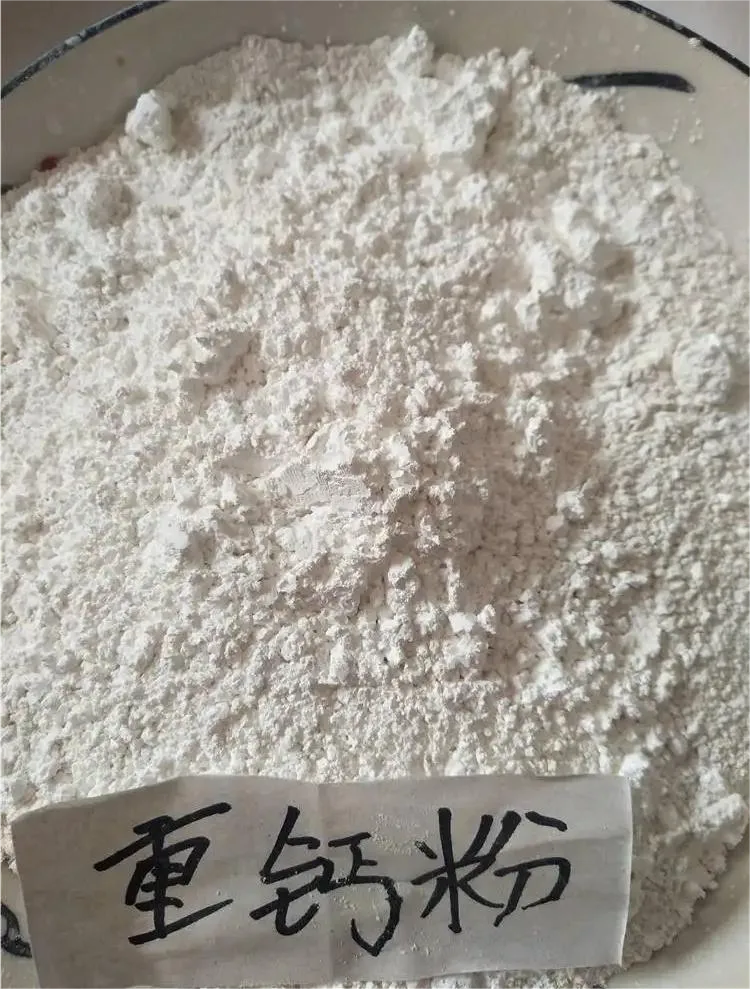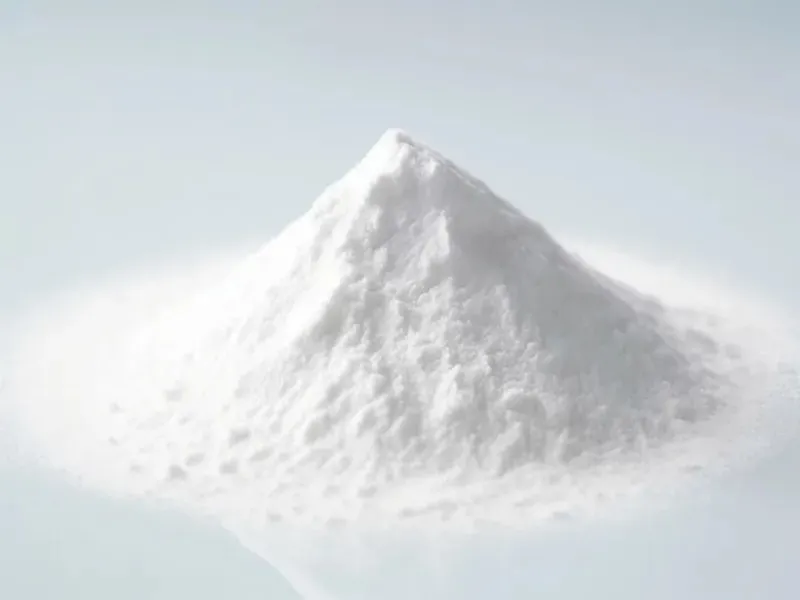Calcium carbonate is divided into heavy calcium carbonate and light calcium carbonate. Both are widely used in various industries. These include plastics, rubber, papermaking, paints, and coatings. However, due to differences in particle size and surface effect, the effects are different. Both pros and cons.

In recent years, technology for producing heavy calcium has improved. The fineness and particle size of heavy calcium carbonate have greatly improved. The superiority of heavy calcium carbonate in plastic products has gradually been revealed. This change is for plastic masterbatch and PVC products. More plastic factories have switched. They now use heavy calcium, not light. The switch cuts costs and enhances production efficiency while maintaining product quality.
Differences in crystal structure and stacking state
The particle size of light calcium is like a jujube core when fully dispersed. Its long diameter is about 5~12μm, its short diameter is 1~3μm, and its average size is 2~3μm. However, there is no surface treatment. After light calcium forms and dries, many particles stick together. They form large pellets. The national standard only has quality requirements for light calcium. These requirements are based on the 125 μm and 45 μm sieve residues. These requirements cannot be judged. Reflects the true particle size and distribution.
After crushing regular heavy calcium carbonate, the particles are irregular. But, they are mostly the same size and disperse well. You can test the combined size distribution of particles using a laser particle size meter. The products have different specifications based on the size of the particles.
Light calcium particles are fluffier and have less density. This is shown in a larger settlement volume (2.4-2.8 mL/g). The heavy calcium carbonate particles are denser and have more density. This is shown in a smaller settlement volume and their heavy weight. The sedimentation volume of calcium carbonate is 1.1-1.4 mL/g. So, for light and heavy calcium of the same weight, the packaging for light calcium is larger than for heavy calcium. But in fact, the real density difference between light calcium and heavy calcium is not big. After being filled in plastic, calcium carbonate reflects its true density. The share of 400 mesh heavy calcium carbonate in plastic instead of light calcium increases by about 5-6%. If 2000 mesh heavy calcium carbonate is used, the density difference is 1-2%.

Oil absorption value
The fill is calcium carbonate. It can be heavy or light. But, plastic is an organic polymer and calcium carbonate is inorganic. So, the two do not mix well. To make the calcium carbonate mix better with filled plastic, it needs organic treatment. This will ensure compatibility. Common treatment agents include plasticizers like DOP and epoxy oil. They also include white mineral oil. They also include lubricants, like paraffin and stearic acid, and stearate. They also include coupling agents (titanate or aluminate). The amount of these additives added depends on how much the filled calcium carbonate absorbs oil. The higher the oil absorption value, the more treatment agents need to be added. Activation aids are expensive. The filled calcium carbonate powder has low oil absorption and is easy to process. But, it still costs a lot.
Heavy calcium carbonate absorbs about 10-15 degrees less oil than light calcium. Replacing light calcium in plastic can cut the same amount of activation aids.
Productivity
Light calcium is fluffy. When filling products like PVC, a high filling ratio causes “bridging” in the hopper. This is our common problem of unsmooth discharge. Seriously affect production efficiency. Heavy calcium carbonate has loose particles. It flows better after mixing with PVC. At the same filling ratio, it won’t bridge in the lower hopper like light calcium.
Brittleness problem
The calcium particles are heavy and have a loose, irregular shape. So, they create little stress when combined with plastic. This makes the product highly brittle.
For plastic products filled with the same amount of calcium carbonate, light calcium products are more flexible. They are filled with heavy calcium products.
Trends in the use of heavy calcium
Currently, the ratio of heavy to light calcium plastics in rich countries is 17 to 20:1. Heavy calcium is the main component. However, the ratio used in my country so far is only about 2:1. The technology for producing heavy calcium has improved. The powder is now as fine as light calcium. Furthermore, its overall quality has greatly improved. Light calcium is produced through chemical processes. This production generates a lot of waste water, gas, and residue. These pollutants harm the environment. However, using heavy calcium uses physical methods. It does not produce waste water, gas, or waste residues. National policy will result in a rise in the cost of producing light calcium. This is due to the ‘energy saving and emission reduction’ of the industry. It is a trend to use heavy calcium carbonate to replace light calcium.
Most plastic filling processes and formulas use light calcium. But, innovation takes time. So, replacing light calcium with heavy calcium will take a long time.
